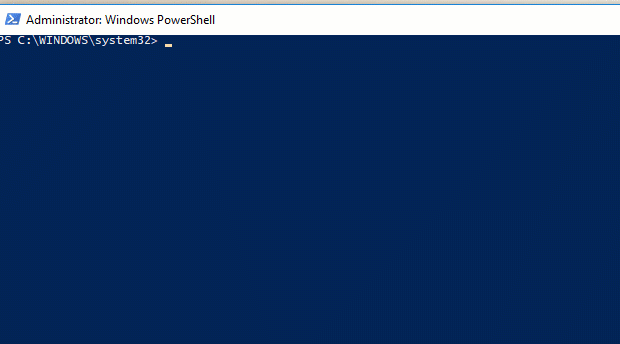When running demos and experimenting with containers I always clear down my environment. It’s good practice to leave a clean environment once you’ve finished working.
To do this I blow all my containers away, usually by running the docker stop command.
But there’s a quicker way to stop containers, the docker kill command.
Time the difference for yourself: –
docker run -d -p 15789:1433 --env ACCEPT_EULA=Y --env SA_PASSWORD=Testing11@@ --name testcontainer microsoft/mssql-server-linux
First try the stop command: –
docker stop testcontainer
And then try the kill command: –
docker kill testcontainer
The kill command is pretty much instant right? But what’s the difference?
Well, according to the documentation, the stop command sends a SIGTERM signal to the main process within the container whereas the kill command sends a SIGKILL signal.
There’s a really good article here explaining the differences between the two signals but from what I can gather, the stop command gracefully shuts down the process within the container and the kill command just stops it dead.
Thanks for reading.




